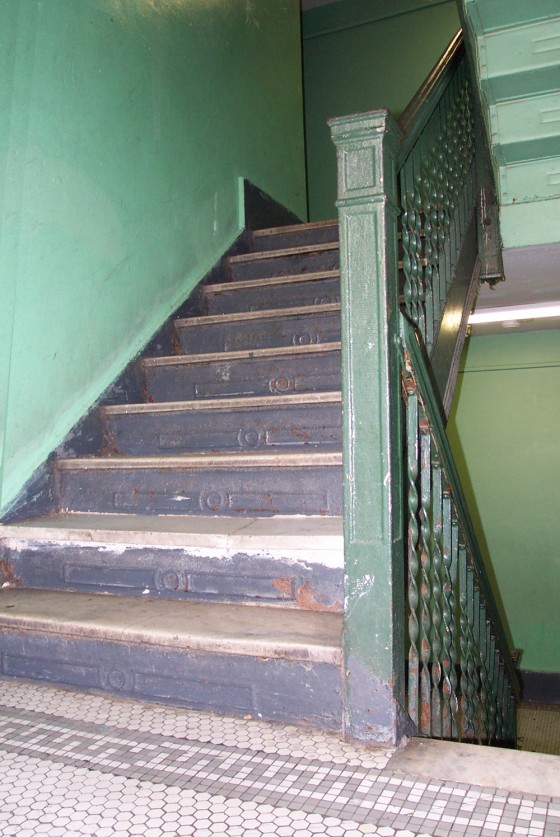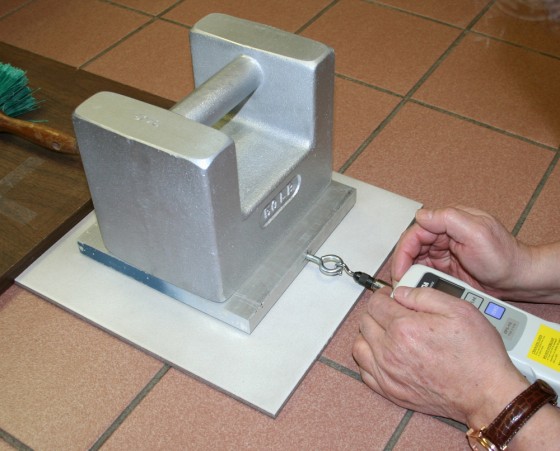Falls are a leading cause of injury and death, second only to motor vehicle accidents. Our engineers have extensive experience in investigating slip and fall accidents of all types for attorneys and insurance companies. A large fraction of falls are due to slipping (not to be confused with tripping). Slipping may occur on floors, walkways, and stairs or steps. For introductory purposes, however, the present discussion will be limited to slips on flat surfaces, such as a floor or sidewalk.
In walking on a flat surface, a person exerts a vertically downward force due to his weight. He also exerts a horizontal force. This may be understood by visualizing that, in order to walk he places one foot before the other, and the foot at the rear is pushed backward (in a horizontal direction) so as to propel himself forward. The backward horizontal force is resisted entirely by friction between the bottom of his shoe and the flat surface, and a slip will occur if the friction is insufficient to resist the horizontal force.

The amount of friction that is available to prevent slippage depends on the coefficient of friction (more popularly known as the friction factor). For any specific case, the engineer may determine this by placing the shoe on the flat surface, and measuring the force necessary to make the shoe slip, then dividing this force by the weight of the shoe. To the uninitiated, it may seem strange that this determination, using the shoe without the weight of the person on it, should yield the same coefficient as that which prevailed at the time of the accident, when the full weight of the person may have been on the shoe- but this is indeed the case.

The higher the value of the coefficient of friction, the less is the possibility of slipping: the smaller the value, the greater the danger. For conventional shoes, a concrete floor-surface will yield a coefficient that is high enough (about 0.7) to preclude the reasonable probability of slipping. Linoleum generally yields a lower coefficient, though in some cases high enough (about 0.5) to be safe, and in other cases low enough (of the order of 0.3) to be dangerous, especially when water is present. Some forms of stone, especially of the decorative type, may give a coefficient that is low enough to be dangerous. Metals generally give a rather low coefficient, especially when wet. These general values, however, cannot be used as a reliable guide in any specific case; an actual determination of the coefficient should be made for each slipping accident, simulating the conditions at the time of the accident as closely as feasible, preferably using the actual shoe that was involved.
By means of a pivoting test, a layperson can estimate the degree of slip resistance of a flat surface. To do this the person places all of his weight on the ball of one foot, and attempts to pivot on that foot. On concrete, he will generally find that pivoting is difficult or impossible, whereas on a wet linoleum floor he is likely to find it easy-in accordance with the relative values given above for concrete and wet linoleum.